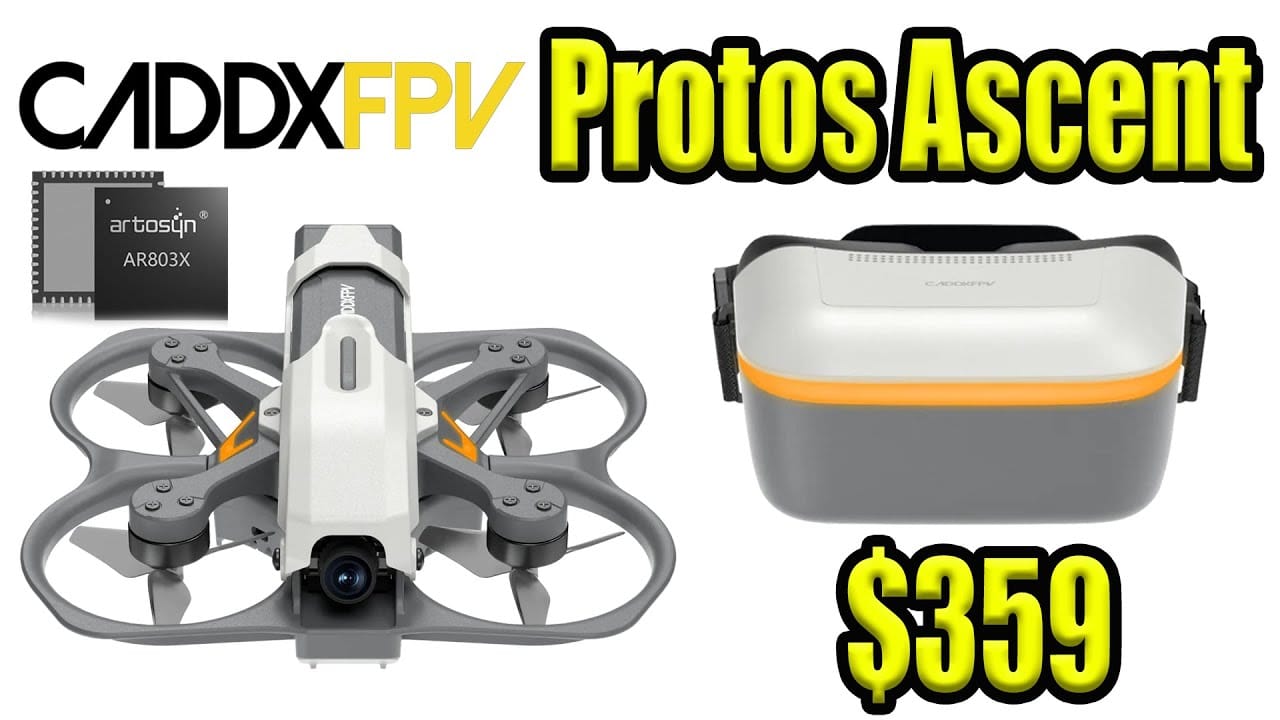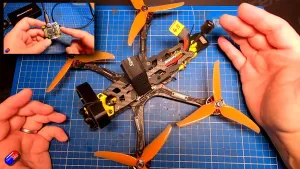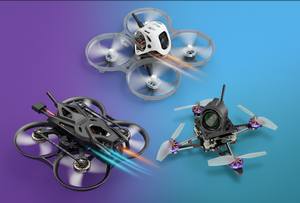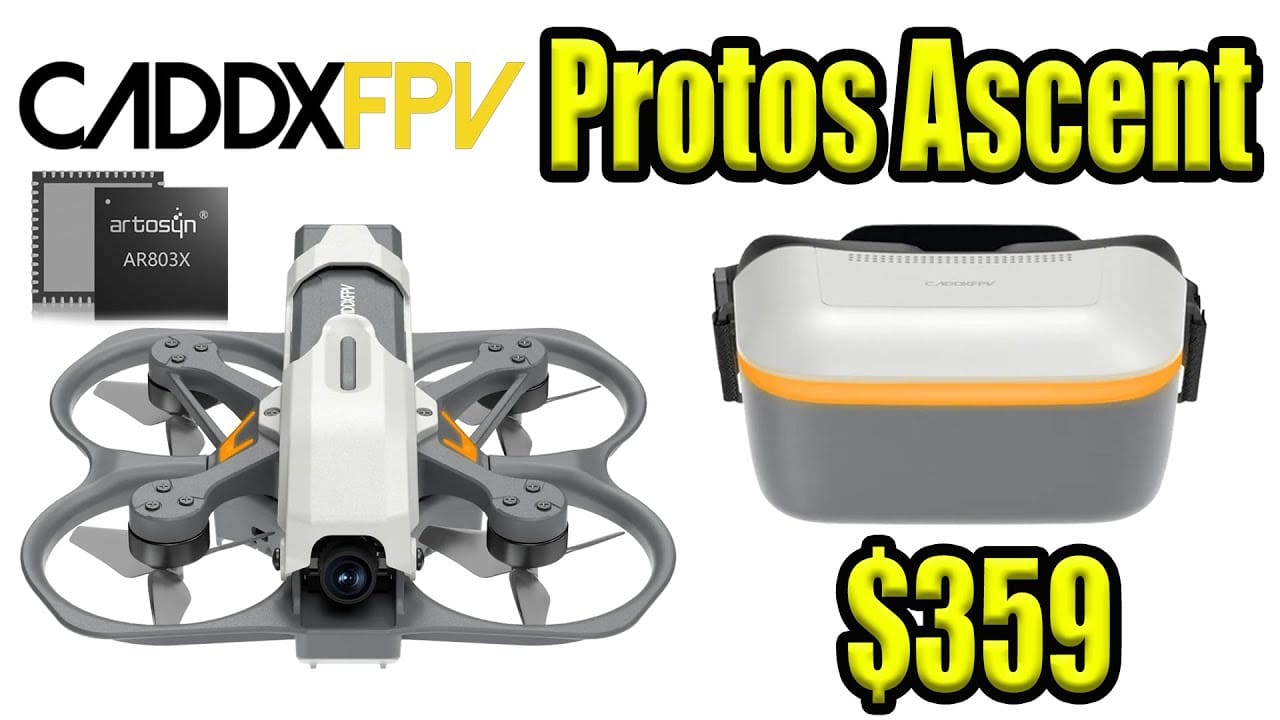
Caddx has set an October 20 launch for the Protos Ascent kit. The FPV hobby suddenly gets a $359 all-in-one option — drone, goggles, and controller — that aims squarely at new pilots.
TL:DR
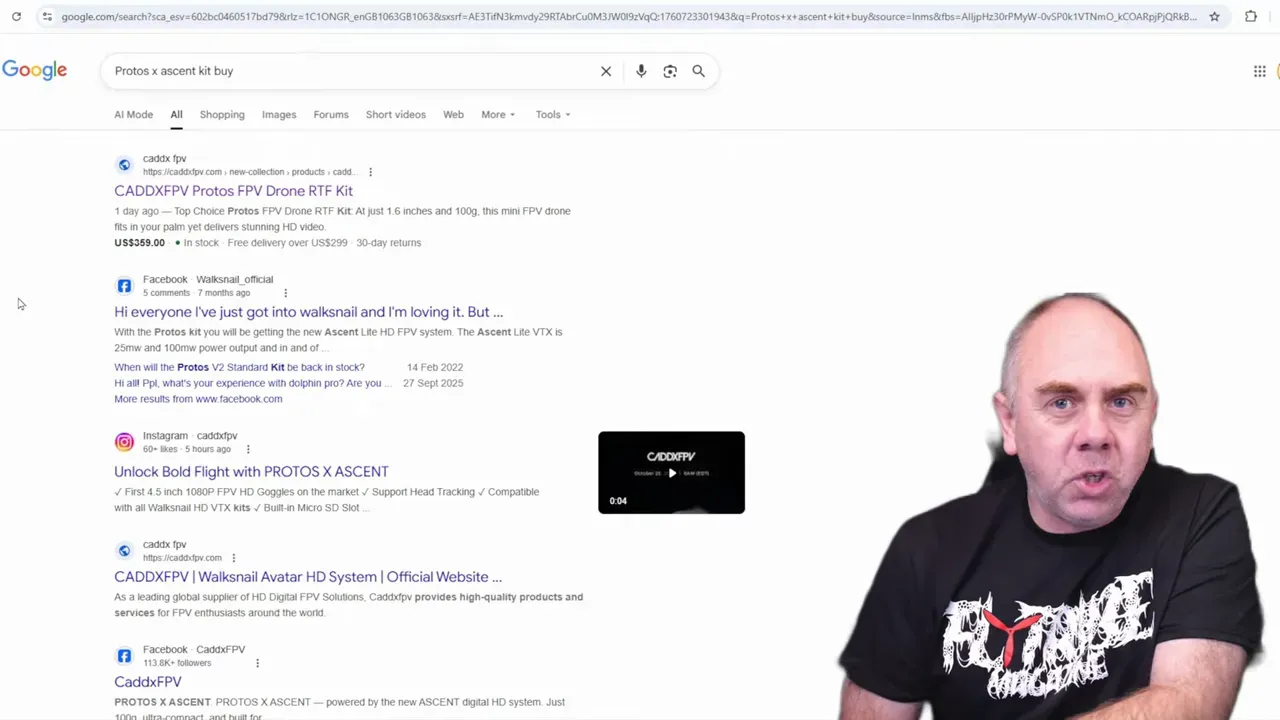
Mads Tech summarises leaks and teardowns: Protos (drone) + Ascent (digital link) ships as a $359 starter kit. It uses an Artisan ARLink RF frontend (AR803 series) paired with a separate video/OS processor. Not Avatar HD compatible by default. Expect basic FPV features, optical flow, proprietary batteries, and interesting low-signal behaviours.
What is the Protos Ascent kit?
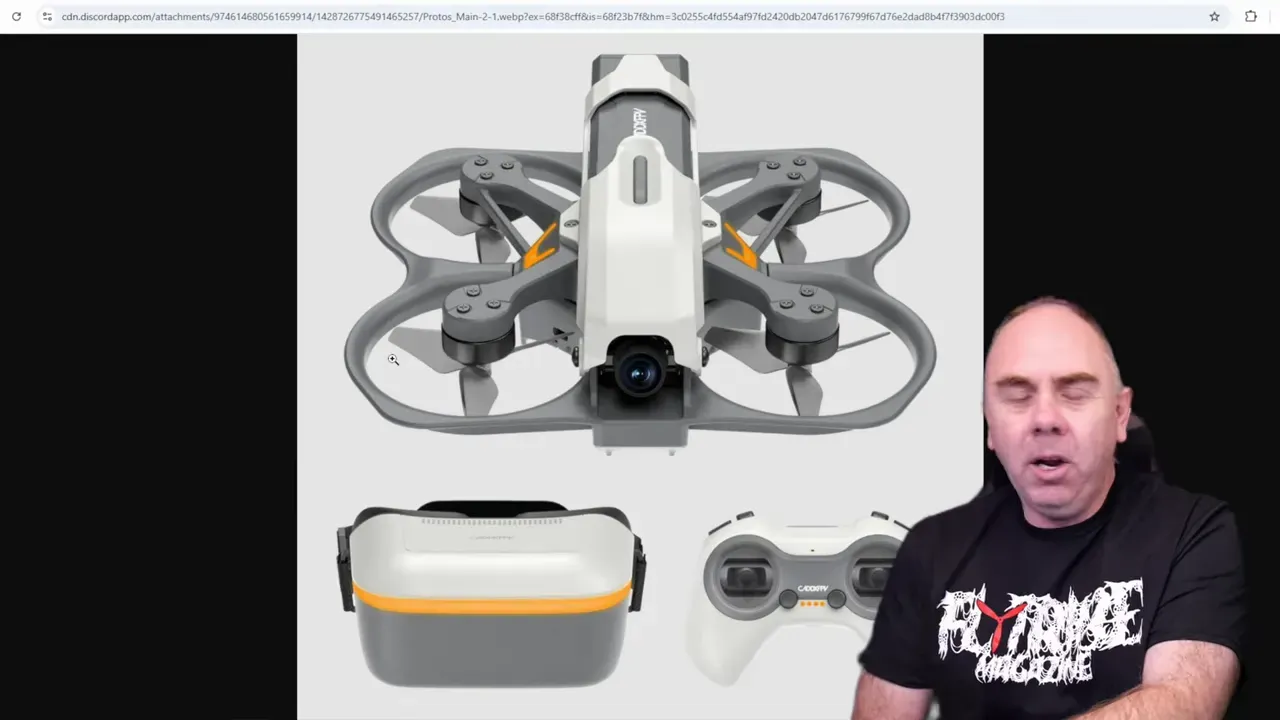
The kit bundles a small-purpose FPV drone, reworked Goggles L, and an Express-ROS style controller. Caddx targets the FPV hobby newcomer, not cinephiles. No onboard cinematic recording — it's an experience box, not a film rig.
Price and positioning
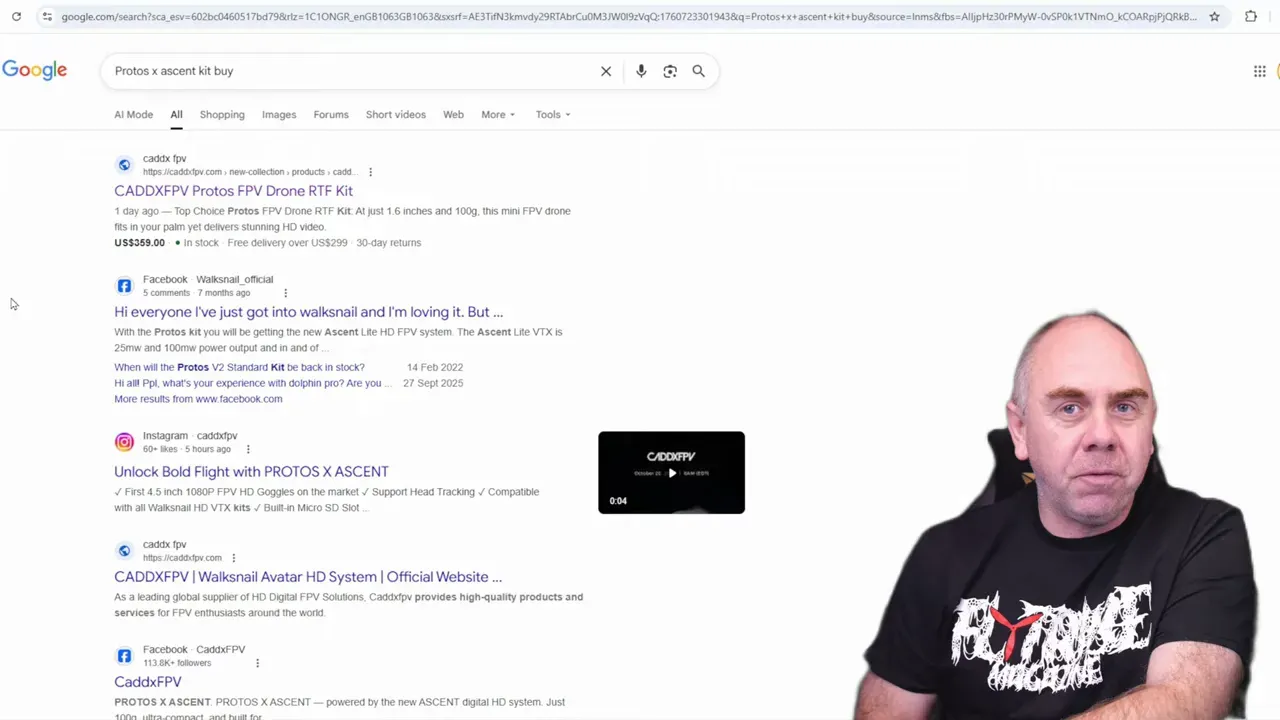
At roughly $359 the kit undercuts many rivals. That price buys an all-in-one, creates a low-cost entry path, and forces the existing market to take note. It’s aggressively priced for a turnkey FPV package.
Firmware, flight features and batteries
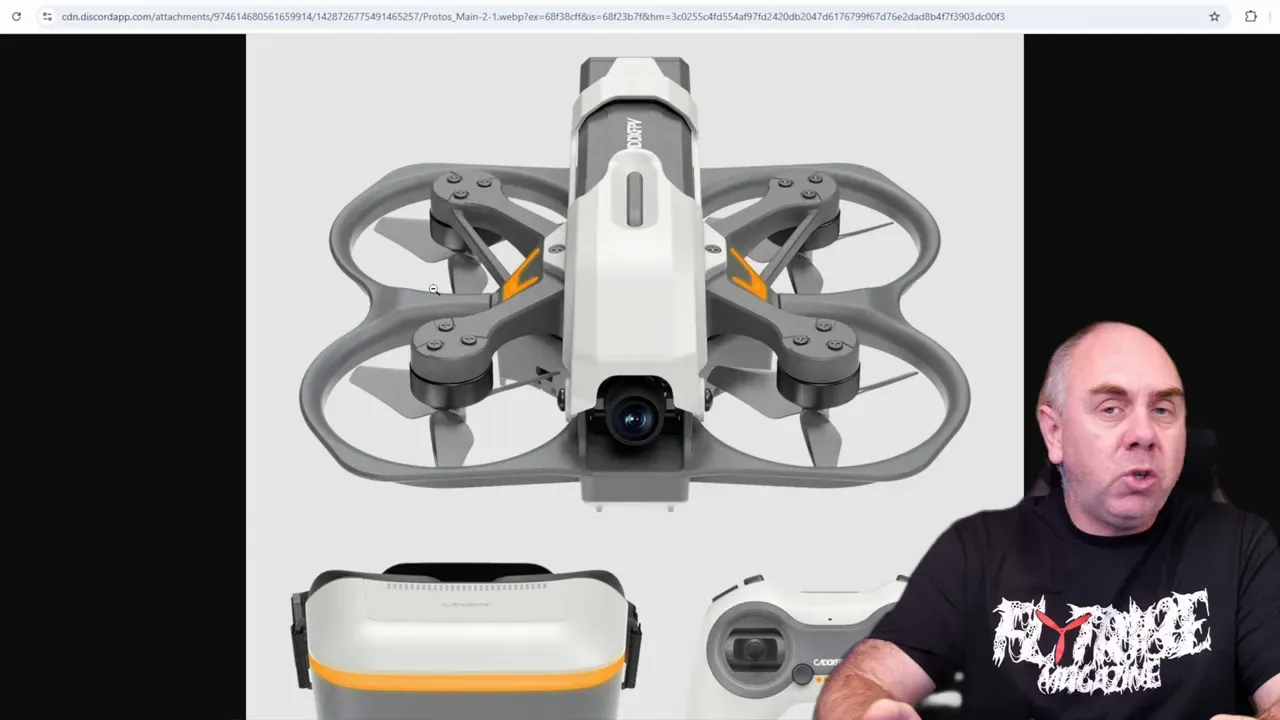
Caddx likely uses PX4 firmware (rumour, not confirmed). The drone includes optical flow/visual positioning and uses proprietary batteries. That simplifies user setup but restricts flexibility for seasoned pilots who prefer generic packs.
Real-world RF behaviour and footage
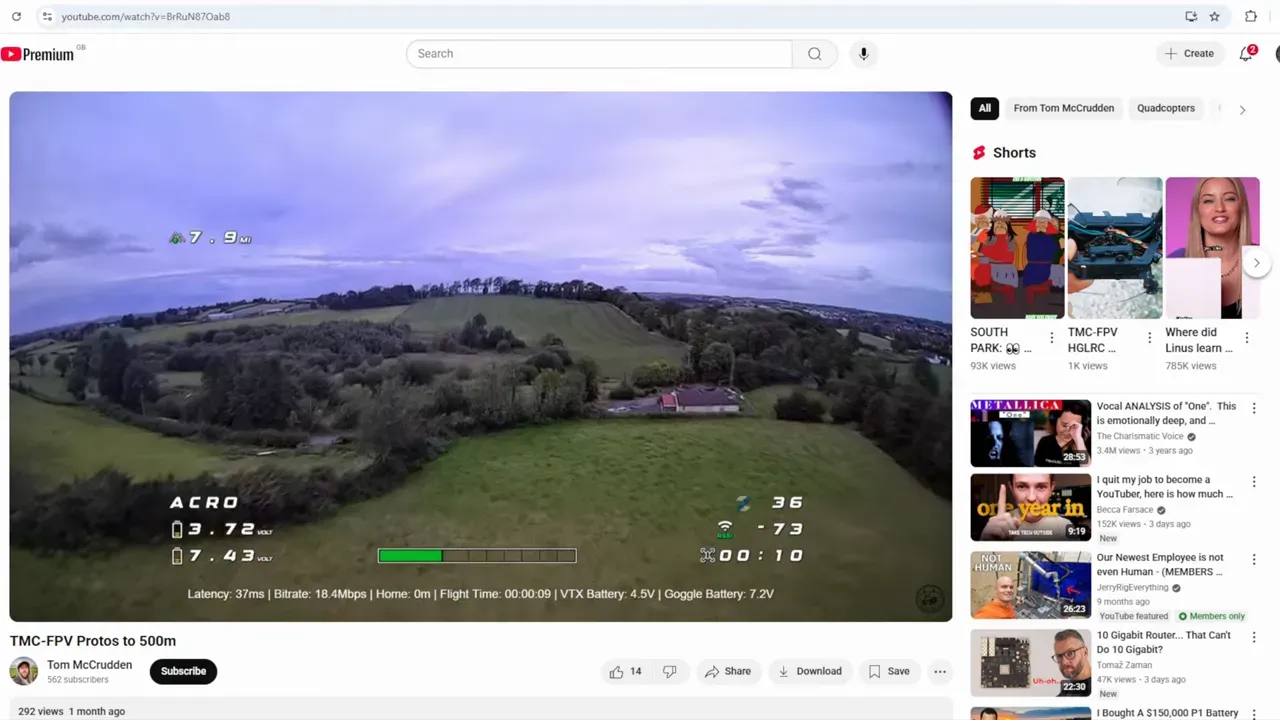
Tester footage (Tom TMC-FPV) shows unusual low-signal modes: full colour → black-and-white → center-only “focus” crop. The system appears to cap bitrate near 20 Mbps in the leaked clips. The staged degradation is different to other digital FPV links.
The Ascent link — hardware under the hood
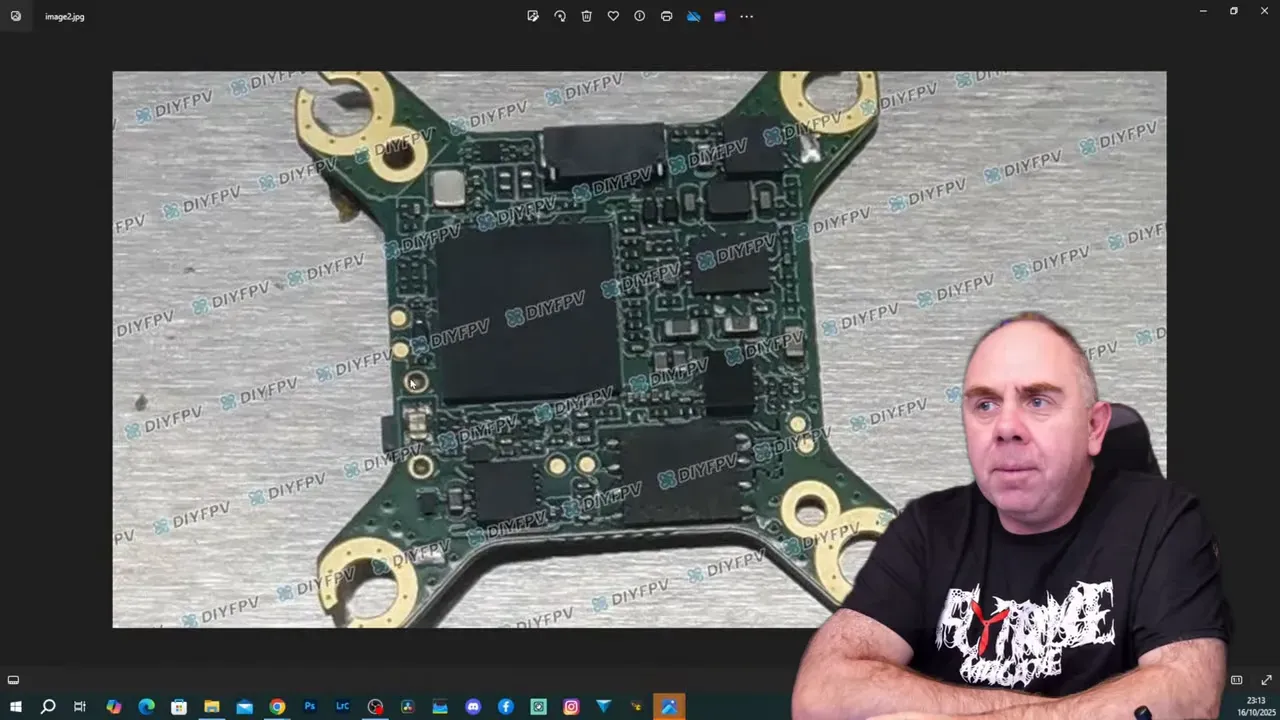
Caddx has moved from a single all-in-one ASIC to a two-chip layout. The RF modem is Artisan’s ARLink 803-series (a newer AR803 family part). The video/OS and ISP live on a separate processor and flash. That mirrors DJI’s move from P1 to O3/O4 architectures.
What the Artisan AR803 means
AR803 integrates baseband, transceiver and MUX into one RF front-end. It supports wide frequencies and up to reported theoretical rates (documents mention up to 160 Mbps). But the implementation here looks fixed-function, not a full SDR. Early signs show two antenna lanes, which can limit spatial diversity versus four-antenna Avatar HD setups.
Compatibility and limitations
Caddx states no compatibility with current Avatar HD goggles. Technically the ARLink family connects both systems, but firmware, antenna MUX count, and packaging probably prevent plug-and-play. Express-ROS controllers can bind, but official ExpressRS dev support seems absent at launch.
How this affects the FPV hobby
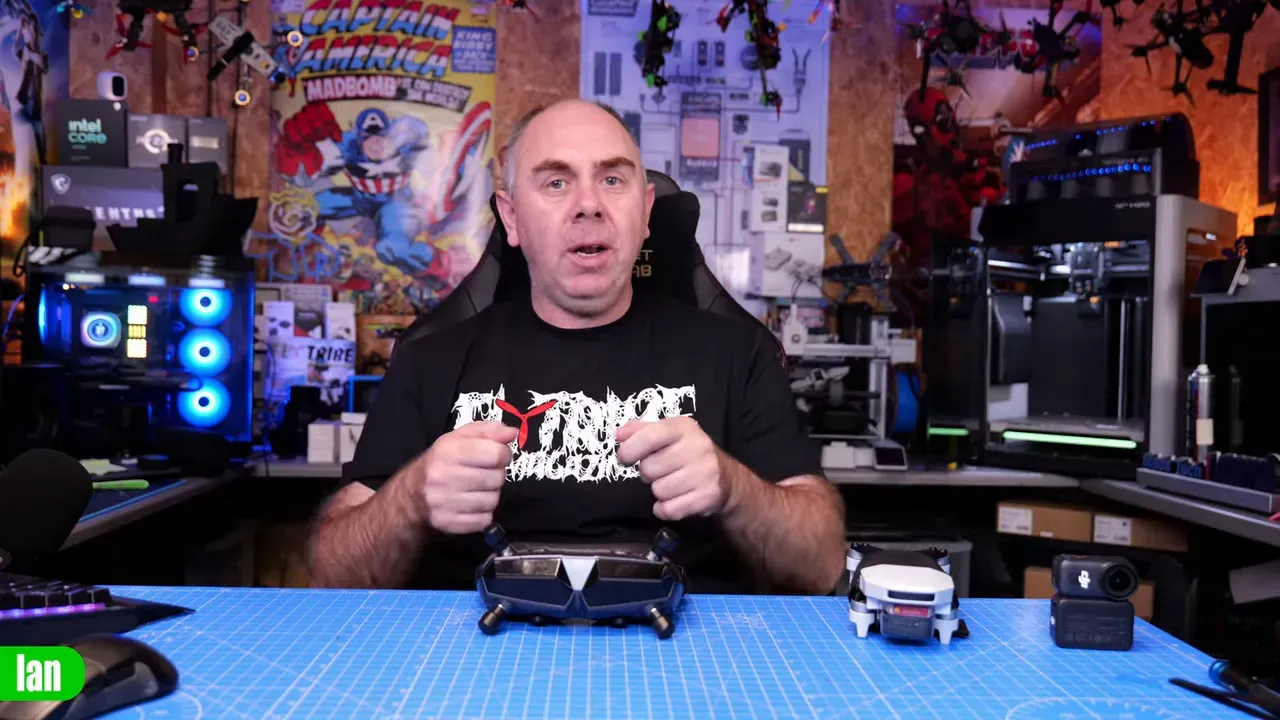
This kit lowers the barrier for new pilots and forces incumbent vendors to rethink entry pricing. For makers and tinkerers, the new board layout offers a modular path: swap a low-cost MCU for budget builds or a smartphone-class SoC for DVR and heavy ISP later.
Will the Protos Ascent work with existing Avatar HD goggles?
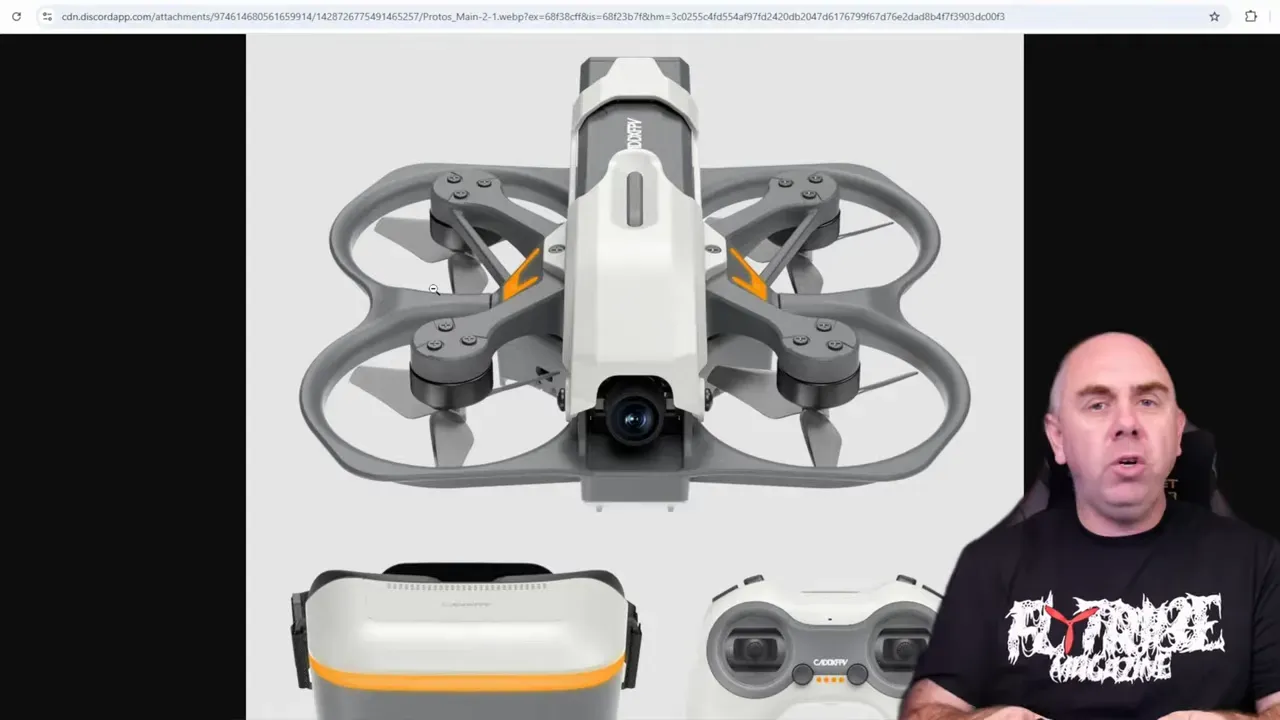
Not officially. Caddx indicates no cross-compatibility. The RF family links are related, but firmware and MUX/antenna differences block direct use without hacks.
Does the kit include a DVR or onboard recording?
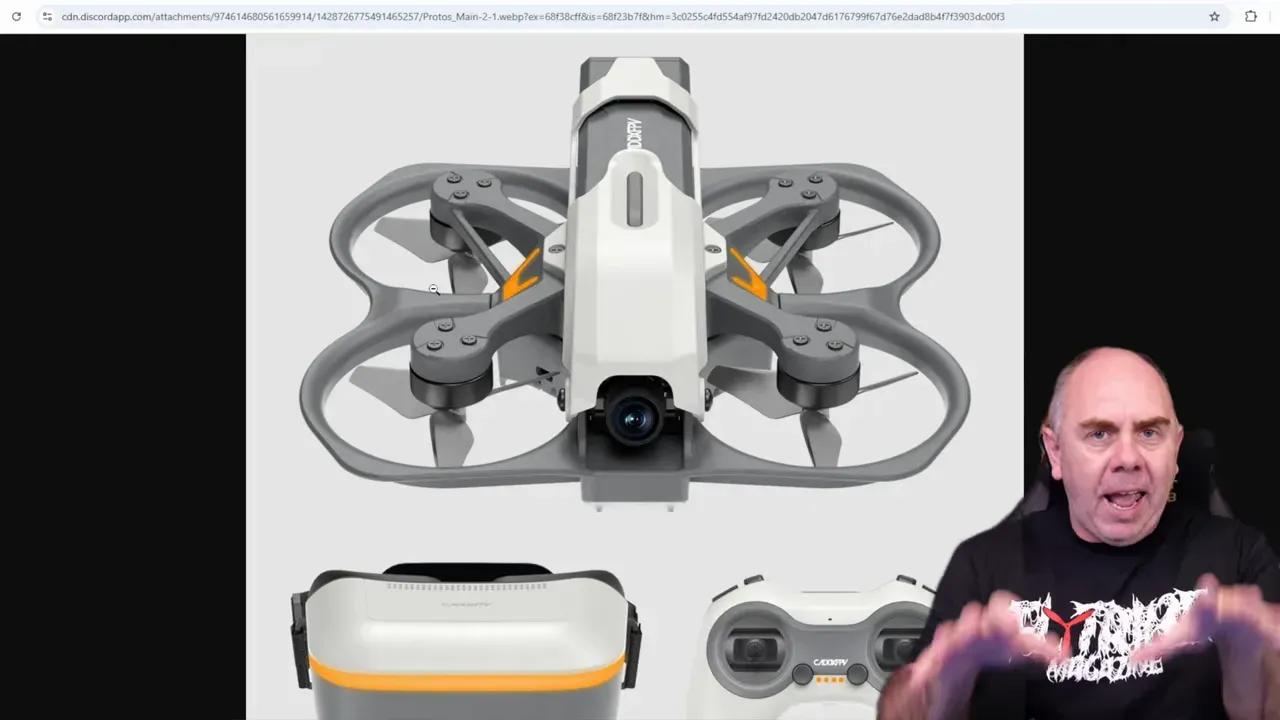
No onboard cinematic recording. The system focuses on real-time FPV. If you want high-quality DVR, expect future higher-end SKUs with beefier video processors.
What controller protocol does the drone use?
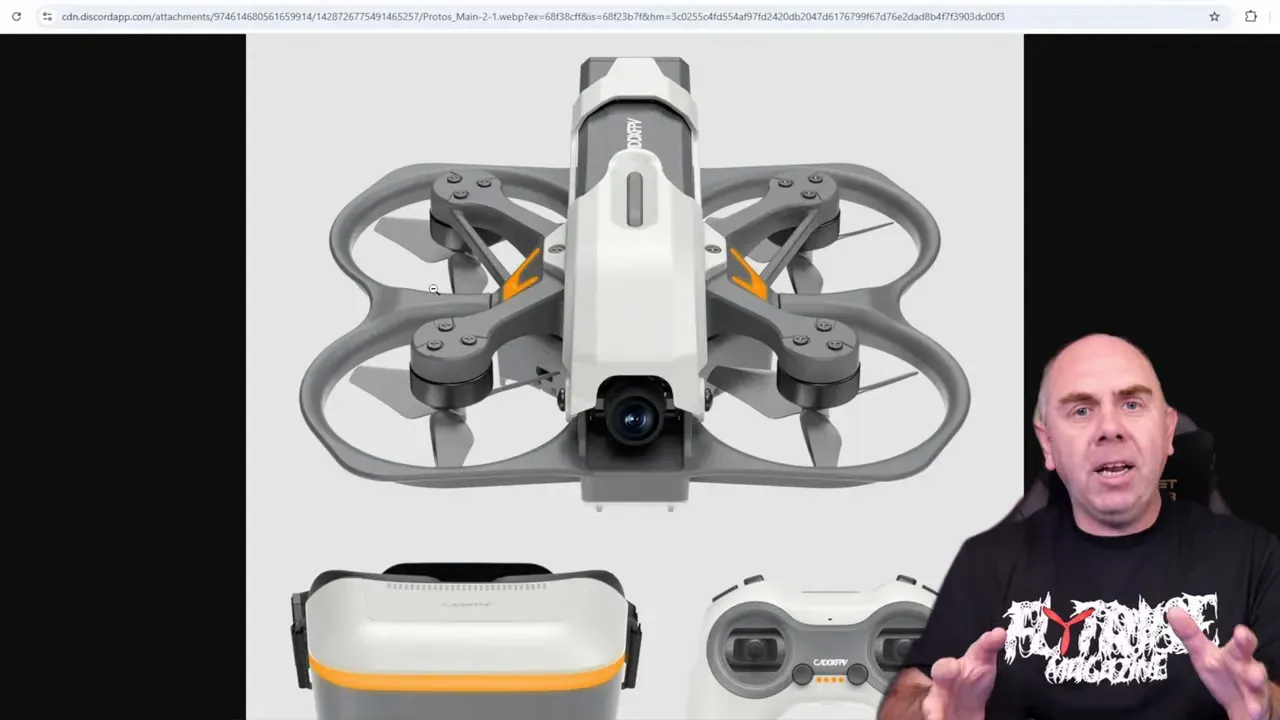
Express-LRS style. The drone should accept third-party Express-LRS radios, but official target support from ExpressLRS devs appears absent at launch.
How does the link behave when signal drops?
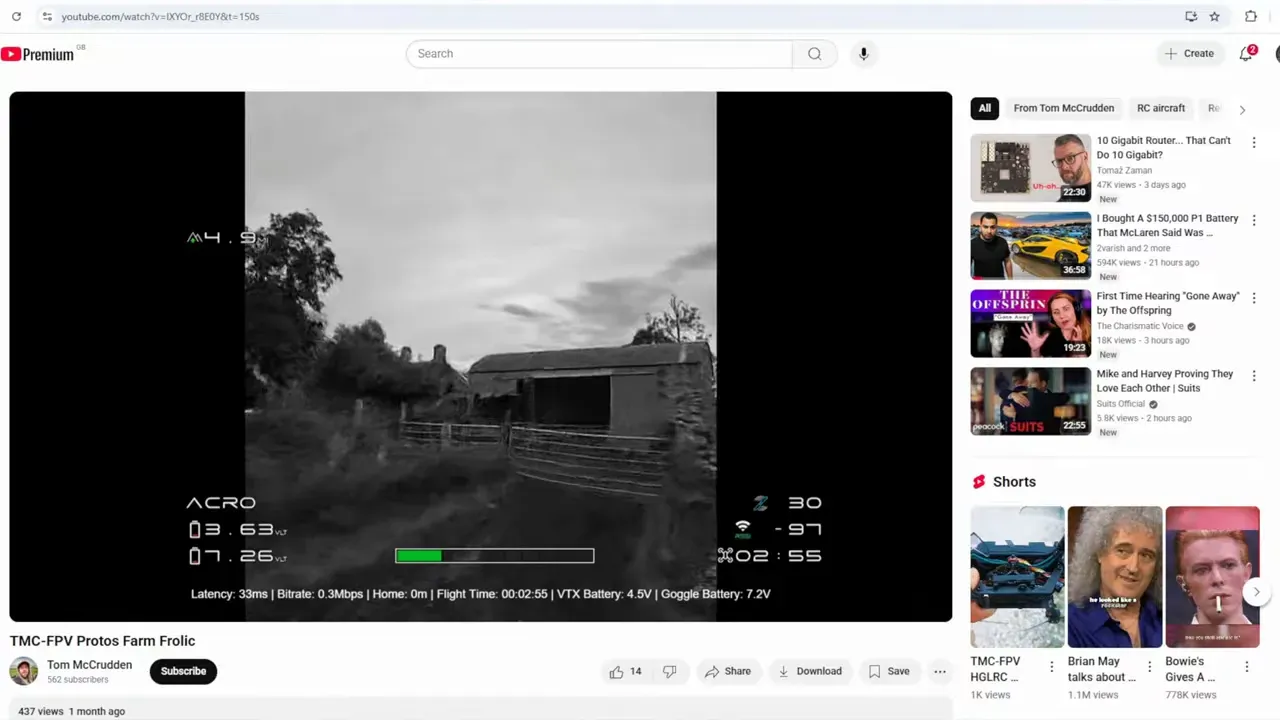
It stages degradation: full colour → black-and-white → center crop “focus” mode. That’s a different strategy to packet re-transmits or simple pixelation.
Takeaway
- Caddx bundles a cheap starter FPV kit that prioritises ease over expandability.
- Two-antenna lanes likely limit spatial diversity versus Avatar HD’s four-antenna approach.
- The $359 price forces a market conversation — expect forks: cheap turnkey vs. modular high-end systems.
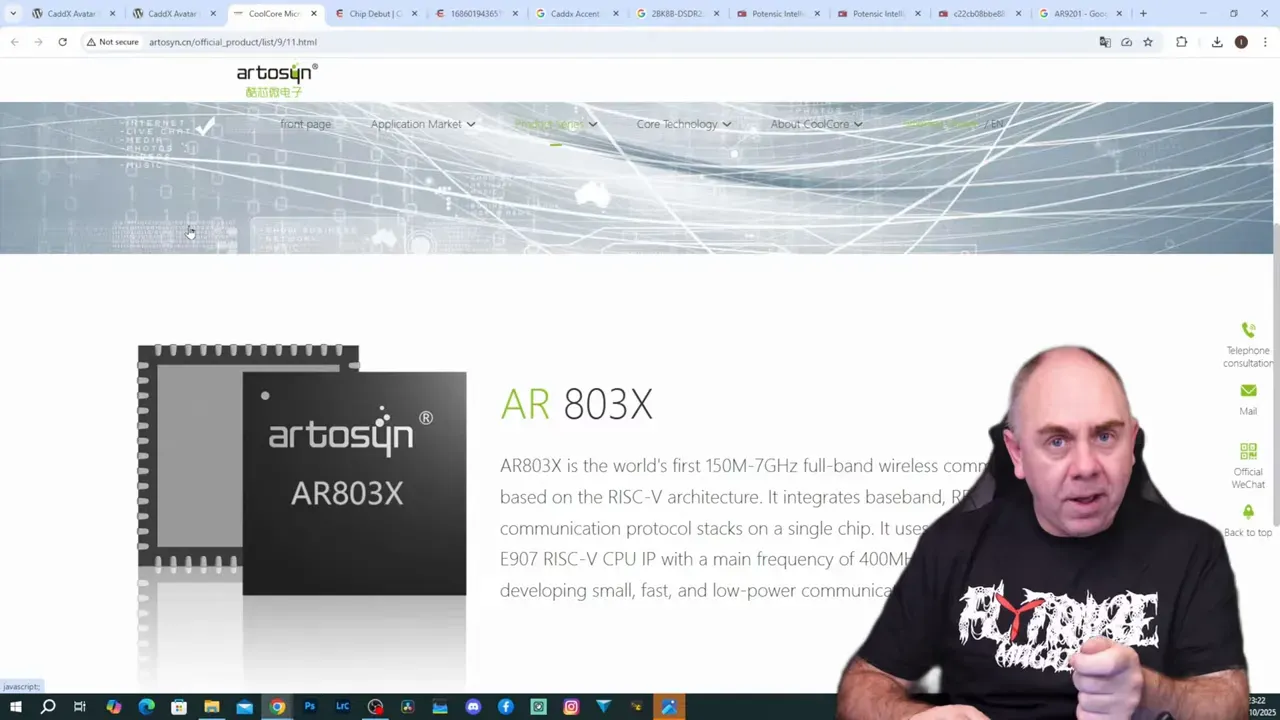
Ascent uses Artisan AR803 RF frontend and a separate video/OS processor — modular, not bespoke.
